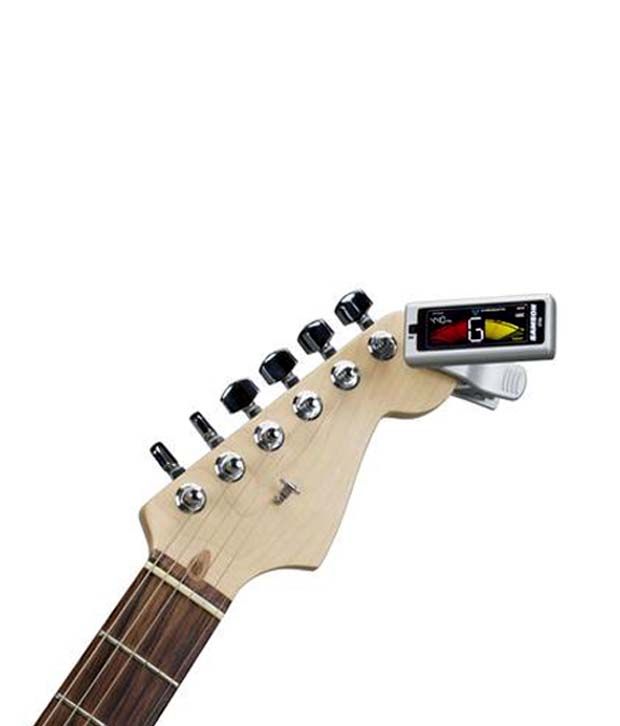

If you have a clip-on tuner, this means clipping it onto your guitar. So, how do you use your chromatic tuner to get your guitar in tune?ĭepending on your type of tuner, the first thing you’ll want to do is get your tuner set up and turned on. The C chromatic scale, for example, goes like this: C, C#, D, Eb, E, F, F#, G, G#, A, Bb, B. What is the chromatic scale? To put it simply, it’s the entire range of twelve pitches on a musical scale including flats and sharps. It might take a little more time than your regular 6-string guitar, but the richer sound you’ll get makes it well worth it.Ī chromatic tuner is a guitar tuner that can detect any pitch on the Chromatic Scale. Once you’ve gotten through all of the strings, you’re done!

The high B string pair should have both strings tuned exactly the same, and the high E string pair should also have both strings tuned in unison. You’ll also see that one of the strings is thicker - tune this string to the regular (low) E.Īfter the G string pair, at B and E, tune both strings in each pair to the same high frequency. You’ll notice that one of the strings is thinner - tune this string to the octave higher E. The thicker string will always be the low note, and the thinner string will always be for the higher octave.įor example, say you’re tuning the E string pair. When tuning the E, A, D, and G string pairs to different octaves, you have to pay attention to the string you’re tuning. The B and E string pairs are tuned in unison to a High B and High E. The most significant difference you’ll have to be aware of is tuning an octave higher in the E, A, D, and G string pairs. That’s perfectly okay, and how every single one of us feels when we get our hands on a 12-string for the first time! starting with a lower pitch, then tightening the string) is the superior method: this way, the tuning will last longer.So you have a 12-string guitar and don’t know where to start with tuning. When tuning a string, you can approach the target pitch either from below or from above.Īpproaching it from below (e.g.

Pluck the string where the sound is softer – closer to the neck, away from the bridge.using system settings).Tuner won’t be able to determine the pitch if the guitar sound is too soft or far away from the microphone, or there is noise, music or voices. If possible, increase sensitivity of your microphone (e.g.Try to keep the instrument as close to the microphone as possible.Something’s not working? Tuner can’t determine the pitch? Tuning advice & tips When done, repeat the whole process from the beginning for each string for the final fine tuning.Repeat the same process for other strings, moving from lowest strings (thicker) to the highest (thinner).If the needle is at the left side, the string should be tightened more, if on the right side – loosened. The tuner will turn green and the needle will be in the middle if the string is tuned correctly. On the left side of the tuner there’re buttons for each string – you can click them to hear how strings should sound for correctly tuned guitar.Play the string on your guitar. Start tuning your guitar from the thickest string (the one with the lowest sound).Click “Turn on Microphone” button to give the app permission to access your mic.


 0 kommentar(er)
0 kommentar(er)
